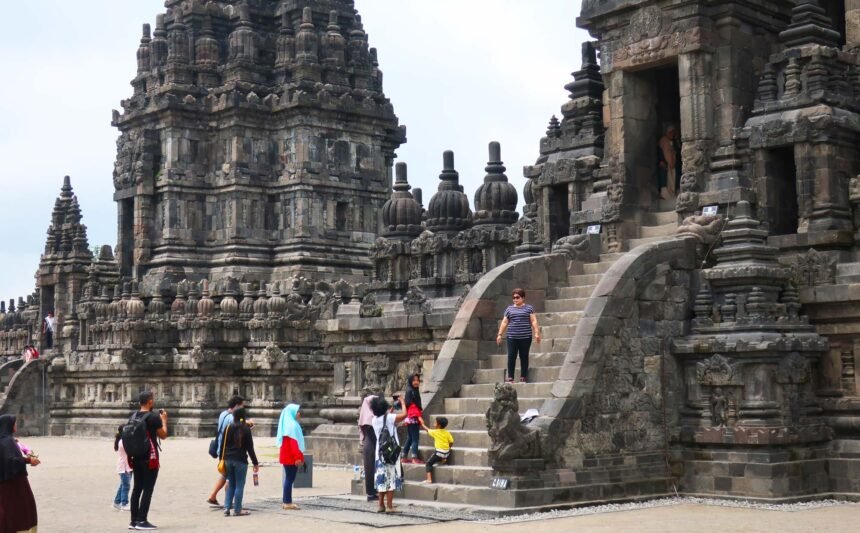In the heart of Indonesia lies a cultural gem that echoes the deep-rooted historical connections between India and Southeast Asia — the Prambanan Temple. Nestled in Central Java, this ancient marvel stands as a testament to the rich cultural exchanges that have shaped the region for centuries.
Built in the 9th century, the Prambanan Temple compound is a sprawling complex of towering spires and intricate stone carvings dedicated to the Hindu trinity of Brahma, Vishnu, and Shiva. Its architectural brilliance reflects the influence of Indian culture, marking it as a symbol of the historical ties between the Indian subcontinent and Southeast Asia.
The intricate carvings on the temple walls depict scenes from Hindu epics, showcasing the shared cultural narratives that have transcended geographical boundaries. The grandeur of Prambanan mirrors the architectural styles of the great temples in India, particularly those in the Khajuraho and Varanasi regions.
Beyond its architectural significance, Prambanan serves as a cultural bridge, connecting Indonesia with its Indian roots. The temple complex has become a prominent pilgrimage site for Hindus, attracting devotees and tourists alike who seek a glimpse into the shared heritage of the region.
As a UNESCO World Heritage Site, Prambanan stands as a beacon of cultural preservation, emphasizing the importance of safeguarding historical landmarks that embody the intertwined history of nations. The ongoing efforts to conserve and restore Prambanan highlight the commitment to preserving not only Indonesia’s heritage but also the broader narrative of cultural exchanges between India and Southeast Asia.
In a world where borders may separate nations, Prambanan stands as a living testament to the enduring ties that bind cultures across oceans and continents. It invites visitors to explore the shared history, art, and spirituality that have shaped the cultural mosaic of Southeast Asia, rooted in the profound influence of India.
